 |
 |
 |
 |
 |
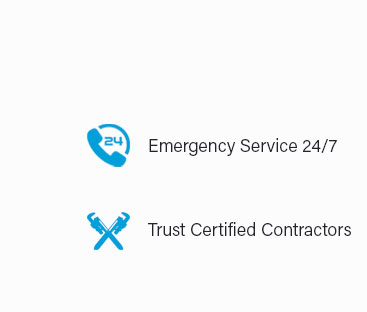 |
 |
 |
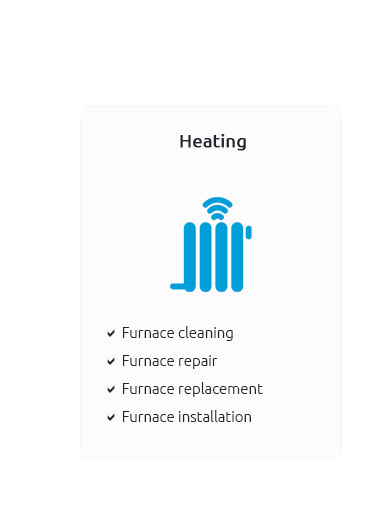 |
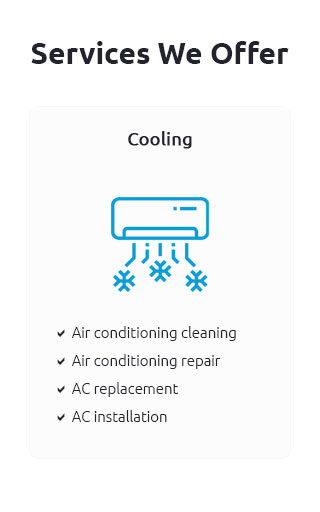 |
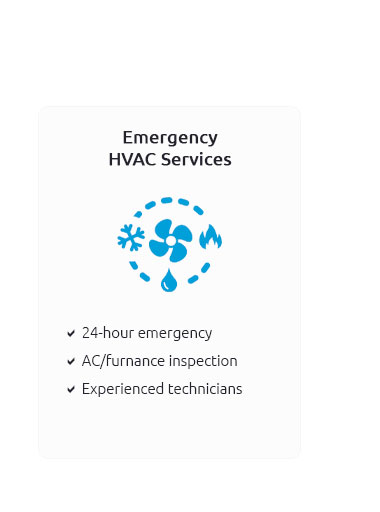 |
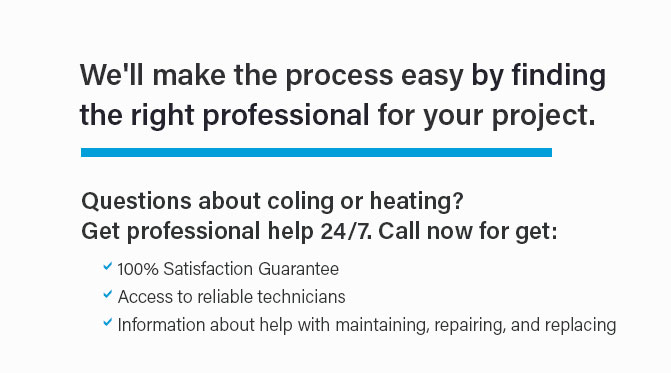 |
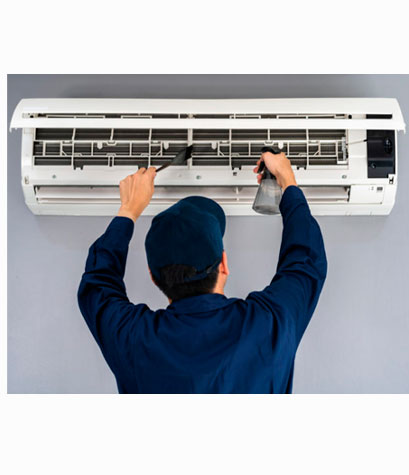 |
 |
 |
 |
|
k4albxt73fd Experience unparalleled climate control with our elite HVAC services, where precision meets expertise; our local contractors are not just technicians, but true AC and heating experts committed to transforming your commercial space into a haven of comfort, ensuring seamless, energy-efficient installations that stand the test of time-because when it comes to commercial HVAC installation, we don't just set the bar, we are the bar.
https://www.yelp.com/search?find_desc=Commercial+Hvac+Contractor&find_loc=Detroit%2C+MI
Some popular services for heating & air conditioning/hvac include: Heater Installation - A/C Repair - Boiler Services - Flame Sensor Repair - Virtual ... https://www.commercialcomfort.com/detroit
Commercial HVAC Installation & Maintenance. Detroit, Michigan. Commercial, Industrial, Multi-Family HVAC Services. Commercial Comfort Systems, Inc. As a full ... https://www.samcofm.com/the-ultimate-guide-to-commercial-hvac-installation-in-metro-detroit/
Installing a new commercial HVAC system is a major investment for Metro-Detroit businesses, ensuring comfort, efficiency, and compliance with local.
|